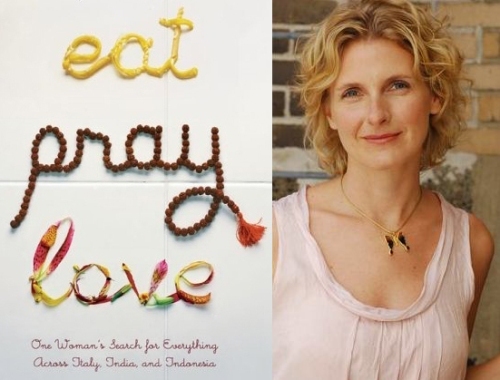Why Hallways Matter
/If you were setting out to do something that had never been done before, how would you build your team? As it turns out, it depends on the nature of the task: 100 years ago, the Wright Brothers were able to realize human flight with nothing but their own minds and the tools in their garage. But if you're going to revolutionize the world today; say by training a monkey to move a mouse cursor with nothing but it's mind, you might need to do things differently. That's what the Brain Science Program at Brown University set out to do back in 2002. They assembled a group of mathematicians, medial doctors, neuroscientists, and computer scientists and set them on the task of understanding how brain activity could be decoded and interfaced with a computer. Not only did they get it, successfully teaching a rhesus monkey with implanted neural electrodes to control a cursor on the screen, but in doing so they accomplished something far larger than any one individual (or even a pair of brothers) might have been able to accomplish.
As problems have gotten more complex and our knowledge of particular fields deeper, the amount of expertise that needs to be brought to bear on particular problems has increased. This has pushed project teams to be larger and more diverse. After all, building team composed of a variety of experts with different skill sets and interests allows the group to draw on a knowledge base much broader than any one of them would have been bring to bear. This means more knowledge and more interesting combinations of that knowledge. Frans Johansson, author of the Medici Effect, terms this phenomenon "intersection", which describes the process of combining "fields, disciplines, or cultures [in order to] combine existing concepts into a large number of extraordinary new ideas."
And that's where hallways come in.
Read More

